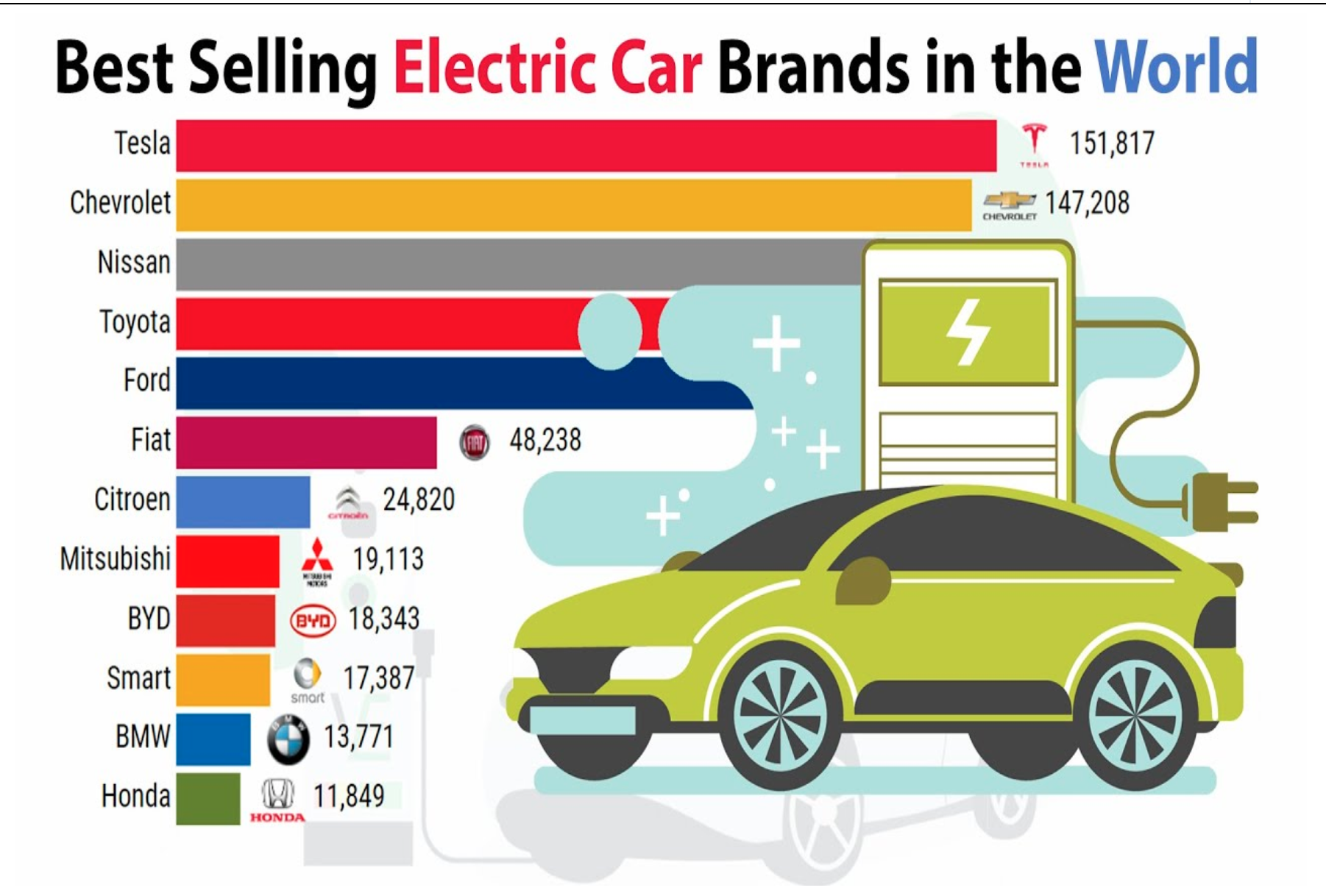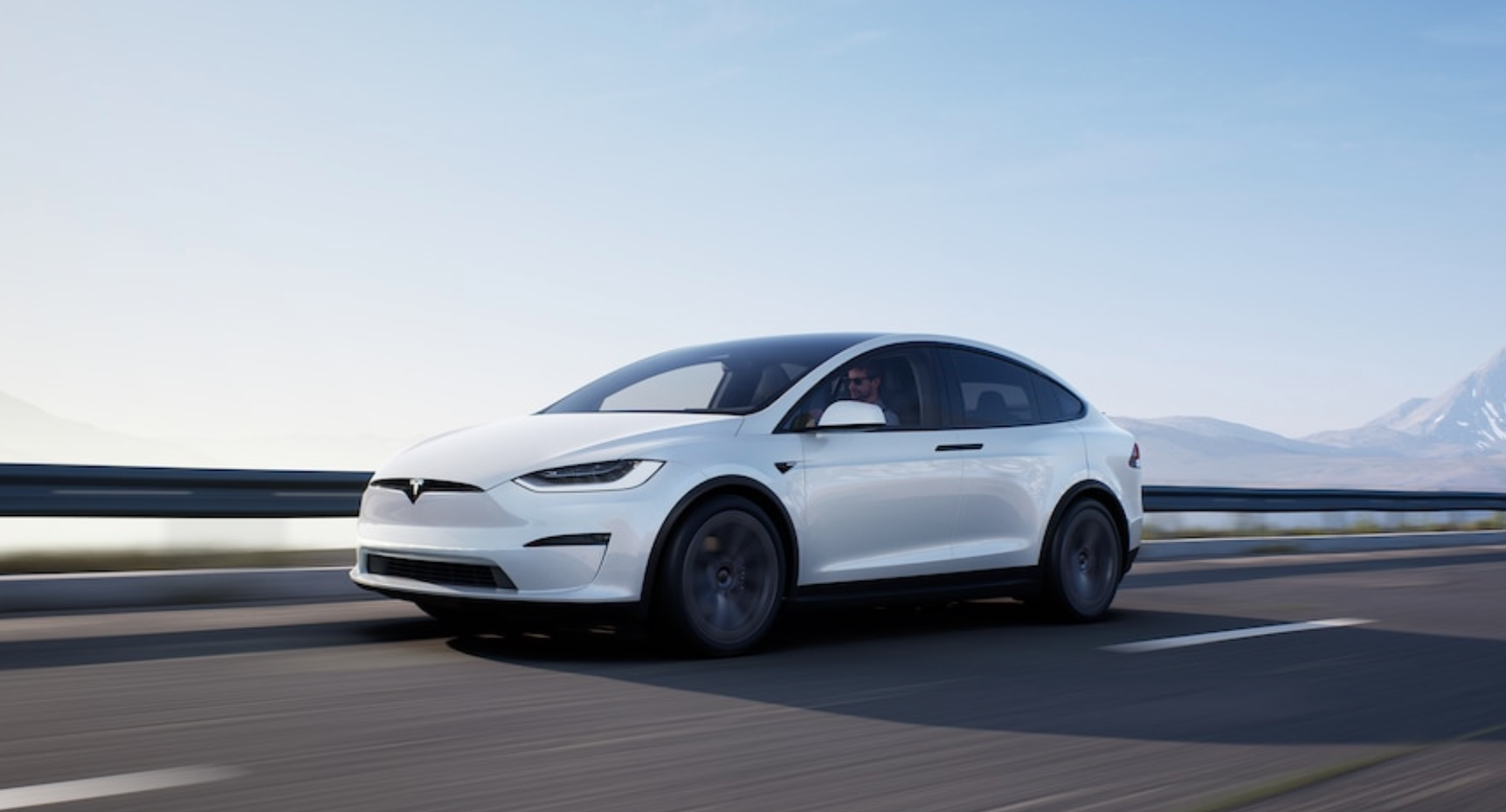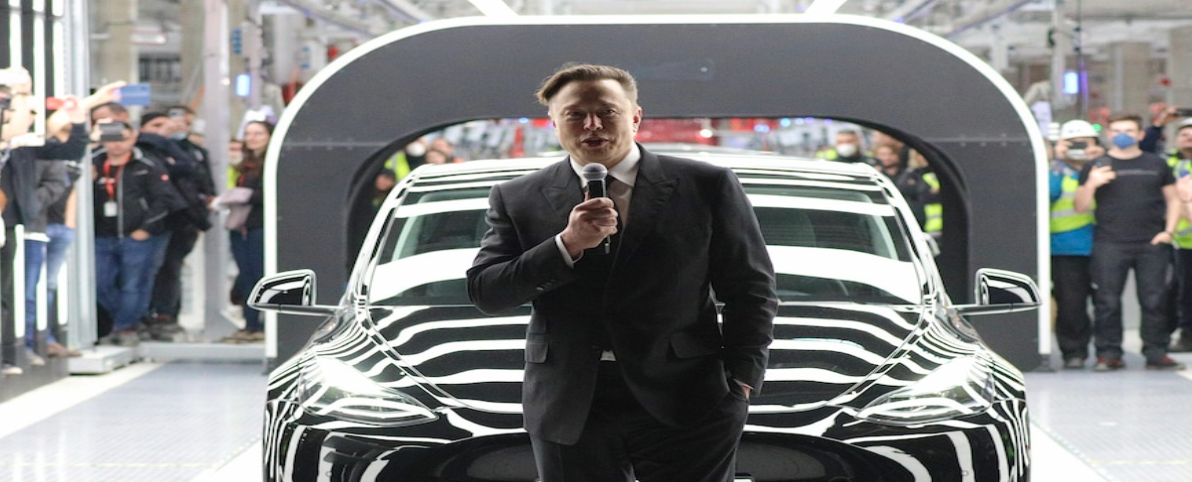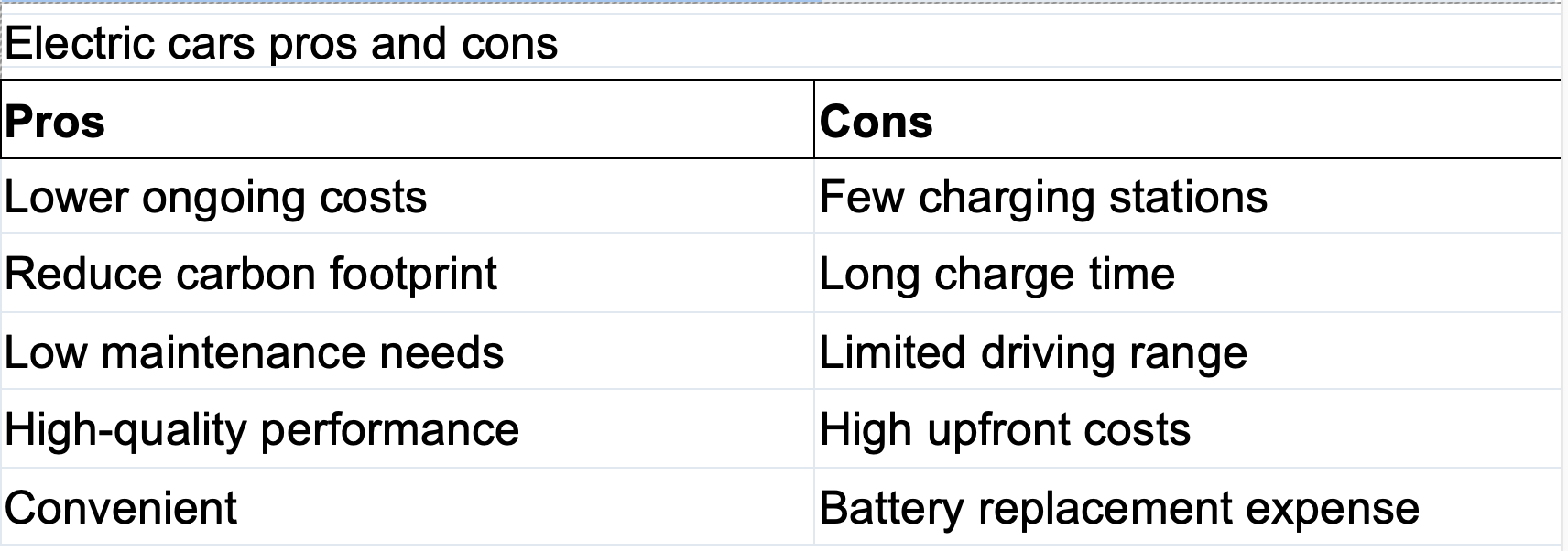Risks in the electric vehicle world
This article is provided courtesy of CERM® Risk Insights, and publication of the CERM® Academy, a content partner of the Operational Excellence Society.
Safety and sustainability are the major considerations within the growing electric vehicle industry, there is lots of excitement and lots of challenges in the fast-moving electric vehicle industry and both descriptions quickly work their way into the conversation.
- Gasoline- and diesel-powered cars are familiar, quick to refuel, and can travel long distances between fill-ups, all of which can’t (yet) necessarily be said about electric cars.
- EVs, however, bring with them a whole unique set of positives, from an inherently exhilarating drive feel to a significantly less harmful impact on the environment.
- The current knocks against EVs will be resolved in time as more people adopt the technology.
The electric car has gone mainstream with sleeker, more affordable options to choose from. Because electric car models are newer than their gas-powered counterparts, many consumers are unaware of their options aside from the many recently announced carmakers electric. In this article, we will focus purely on the pros and cons of all-electric cars cars.
Advantages Include Lower ongoing costs
Recharging an electric car is much more affordable in the long run as opposed to refueling a gas-fueled car.
This is especially true when taking into account the fact that you can recharge your electric car at home and get tax benefits from installing a solar powered carport or using solar panels for your electricity.
Reduce carbon footprint
According to the EPA, one traditional gas-fueled passenger vehicle with a 22-miles per gallon range emits an average of 4.6 metric tons of carbon dioxide per year.
Non-hybrid electric cars emit zero tons of CO2 or other greenhouse gases, making them much more environmentally friendly. Charging electric cars with renewable energy, like solar, ensures no CO2 is emitted at any phase of your vehicle use.
Low maintenance needs
Mechanical engines have a lot of moving parts, including pumps and valves, along with fluids that need changing. Think frequent oil changes – which electric cars don’t have.
Because electric vehicles don’t have as many components that need replacing, less maintenance is necessary. Electric cars also generally last longer than their gas-powered counterparts because of less wear and tear.
High-quality performance
Because there is no exhaust system, electric cars are known for operating smoothly and quietly. Electric crossover and SUV models are much quieter than traditional gas engines, which leads to less noise pollution and a more relaxing ride. Electric motors also tend to react much quicker than mechanical engines, providing more torque and agility while driving.
Additionally, electric cars usually operate more efficiently and use less energy in stop-and-go city traffic.
More convenient
A lot of people mistakenly think that electric cars are more inconvenient since you must find charging stations, which aren’t as easy to find as gas stations.
But the ability to charge electric models at home is a great advantage, and more charging stations are popping up around the country every week, for both Tesla models and other brands. Some newer electric cars even have voice-enabled systems so all you have to do is ask where a charging station is and the car will lead you there.
Safety as a Top Priority
You’ve likely heard of Ultium Cells if you follow progress in the EV industry to any degree. Ultium Cells is a joint venture between General Motors and LG Energy Solution to manufacture battery cells, and its site near Youngstown, Ohio, is the first of three in the works. The Ohio facility, which represents a $2.3 billion investment, is the only one producing product currently and it’s so new that only about 20% of its equipment is installed.
General Motors stamping plant in August. Among the goals of the joint venture is to blend the cultures of GM and LG “and create one Ultium culture,”.
When considering the transition from working in vehicle propulsion and metal stamping environments to Ultium, where chemical manufacturing processes are prevalent. What is similar between the manufacturing types is the focus on safety as a top priority, although what constitutes the top safety issue is unique to every plant. “We’re in a plant that has chemicals now, so we’re trying to benchmark the best of the best to see what practices we can bring inside the building,”
Solar Powered Cars are Starting to Heat Up
Every 2 years, 40 engineering students from Polytechnique Montreal work together to build a solar-powered car. Each car builds upon the knowledge of prior cohorts and successes of previous designs. The most recent prototype weighs around 330 kg and can transform up to 1300 watts with its solar panels. This July, the solar car won first place at the Formula Sun Grand Prix in Topeka, Kansas. This car was uniquely fully solar powered, with no reliance on electric charging stations for energy. It was a first in the history of the competition.
For competitions, Polytechnique students take their vehicles cross-country on multi-day trips. They have life-changing experiences as they bond with other members of their team through shared meals, hiking and spending time. See clips of their trips here.
The Push into the Electric Vehicle Space
You might think of the EV industry as the birthplace of start-ups, but manufacturers Eaton and Lincoln Electric, both of which are more than 100 years old, are significant players. Eaton formed its eMobility division in 2018, although the manufacturer had been participating a little in the electric space before then. “But it was kind of haphazard,” The market had seen “fits and spurts of electrification” in vehicles over many years, only for those opportunities to dry up.
More recently, however, the drivers of electrification seemed more “real,”. Those drivers now included CO2 emissions as well as fuel economy, coupled with China’s push to develop new energy vehicles.
“It took us about a year to convince our senior leadership because of the history,” Lincoln Electric already played a role in the EV industry, but the welding company was always on the lookout for opportunities to grow. “If you think about our company as a power conversion company, it happens to be a welder today, but it could be anything,”. “So, we said, ‘Let’s build an EV charging business.”
Ralph Nader Begs NHTSA to Pull Tesla’s “Full Self-Driving” Software
“No one is above the laws of manslaughter,” said Nader, impugning the developing tech
Many automotive enthusiasts know consumer advocate Ralph Nader as the man who took down the Chevrolet Corvair with his famous book Unsafe at Any Speed. In the book, Nader highlighted dangerous shortcomings of several domestic vehicles including the Corvair, which he claimed tended to spin out and roll over due to its rear-engine layout and suspension design.
Nader’s book and other advocacy made major waves and is a major contributor to changing the landscape of standard safety equipment in consumer vehicles today.
Things like seatbelts and anti-lock brakes are standard equipment now in part because of his efforts. Now, Nader is turning his ire toward Tesla and its “Full Self-Driving” (FSD) software which, despite not being final, is currently in use by thousands of ordinary drivers in a “beta” test form.
The National Highway Traffic Safety Administration (NHTSA) is currently investigating several car accidents (some of them deadly) in which Tesla’s Autopilot feature—a very pared back driver assist that shares some sensors and nascent capabilities with parts of FSD—are implicated as possible causes for the incidents.
“Tesla’s major deployment of so-called Full Self-Driving (FSD) technology is one of the most dangerous and irresponsible actions by a car company in decades. Tesla should never have put this technology in its vehicles. Now over 100,000 Tesla owners are currently using technology that research shows malfunctions every eight minutes.”
Setting aside that claim for a moment, it’s worth reminding everyone that despite its name, FSD cannot autonomously pilot Tesla’s. Drivers are still required to monitor the proceedings when the system is activated, and the system has limits. But that presents the truly troublesome aspect of all this: Where other companies are testing autonomous driving in the real world—often with explicit permission from relevant authorities—they are doing so with trained people behind the wheel and keeping tabs on the self-driving cars’ behavior. They’re specifically trained to intervene when things go awry and are familiar with the operating parameters and system limits.
Tesla is, in effect, using its own customers as real-world testers, gathering data on their use of FSD and throwing up the “beta” part of the software as a shield. After all, customers must opt-in to the beta software, even if many are eager Tesla fans who are giddy to see FSD develop and work. We’re not here to rain on that enthusiasm, but you can see how such optimism (freed from the professional obligation or scientific rigor of, say, a company engineer) might lead to substandard judgment when choosing appropriate operating contexts for FSD.
Nader seems to be tapping into this thread—that a feature not ready for prime time and whose failure can bring catastrophic consequences should not be in the public’s hands. His statement continues with his calling on the National Highway Traffic Safety Administration (NHTSA) to use its authority to force Tesla to remove FSD software from all of its vehicles.
“I am calling on federal regulators to act immediately to prevent the growing deaths and injuries from Tesla man slaughtering crashes with this technology. The National Highway Traffic Safety Administration (NHTSA) has the authority to act swiftly to prevent such disasters,” read the statement. “The NHTSA must use its safety recall authority to order that the FSD technology be removed in every Tesla.”
The statement ends with Nader urging a message to “casually-minded regulators” that “Americans must not be test dummies for a powerful, high-profile corporation and its celebrity CEO. No one is above the laws of manslaughter.”
Nader has released a statement blasting Tesla for the software and making the argument that it should have never been put in its cars in the first place.
The NHTSA has sparred with Tesla before over the FSD beta software and has asked it to recall updates to the software but has stopped short of forcing the EV maker to remove the software completely. Considering the NHTSA is already investigating FSD and Autopilot, it is unlikely that it will take any extra action due to Nader’s statement, but it certainly is not a great look for Tesla.
The automaker is also currently dealing with a complaint from the California DMV citing false advertising by positioning Tesla’s with FSD as completely autonomous vehicles despite the fact that Tesla’s equipped with Autopilot and FSD only have “level 2” autonomy.
On Challenges
One big challenge to the EV industry is the shortage of lithium. “We don’t have the lithium available right now to meet the need into 2030.” Cirba Solutions dismantles and recycles EV batteries, doing its part to keep them out of landfills. “Sustainability is a major part of our company.”
In addition to recycling, we need to consider the topics of reusing and repurposing EV batteries. Eaton’s said his company has worked with Nissan to repurpose batteries for uninterruptible power supply systems, and he pointed to a sports arena project in Amsterdam. It used a blend of new batteries and repurposed batteries. Additionally, he referenced a project by the Center for Automotive Research in which the energy in used EV batteries could be harnessed and returned to the grid, perhaps to assist during peak demand.
North American producers are very clear on where several challenges for the industry lie. On the charging side of the equation, it’s interoperability. “Thirty percent of all charging events today fail, because the car and the charger won’t talk to each other, despite the fact that there is an industry standard.” It’s a bigger problem than most people realize.
Also consider the $5 billion allocated by the Infrastructure Investment and Jobs Act to build a nationwide network of EV charging stations over five years. Manufacturers have outlined a scenario that would place charging stations approximately every 50 miles along this alternative fuel corridor.
What are the pros and cons of electric cars?
For car drivers looking for a low maintenance alternative to their gas-powered car, electric cars offer many advantages. However, if you are worried about not being able to commit to charging your car, you might want to stick with your gas car for now.
Pros of electric cars
If you’re comparing the merits of an electric car to those of conventional vehicles, be sure to keep the following benefits in mind:
Lower ongoing costs
Recharging an electric car is much more affordable in the long run as opposed to refueling a gas-fueled car.
This is especially true when taking into account the fact that you can recharge your electric car at home and get tax benefits from installing a solar powered carport or using solar panels for your electricity.
Reduce carbon footprint
According to the EPA, one traditional gas-fueled passenger vehicle with a 22-miles per gallon range emits an average of 4.6 metric tons of carbon dioxide per year.
Non-hybrid electric cars emit zero tons of CO2 or other greenhouse gases, making them much more environmentally friendly. Charging electric cars with renewable energy, like solar, ensures no CO2 is emitted at any phase of your vehicle use.
Low maintenance needs
Mechanical engines have a lot of moving parts, including pumps and valves, along with fluids that need changing. Think frequent oil changes – which electric cars don’t have.
Because electric vehicles don’t have as many components that need replacing, less maintenance is necessary. Electric cars also generally last longer than their gas-powered counterparts because of less wear and tear.
High-quality performance
Because there is no exhaust system, electric cars are known for operating smoothly and quietly. Electric crossover and SUV models are much quieter than traditional gas engines, which leads to less noise pollution and a more relaxing ride. Electric motors also tend to react much quicker than mechanical engines, providing more torque and agility while driving.
Additionally, electric cars usually operate more efficiently and use less energy in stop-and-go city traffic.
More convenient
A lot of people mistakenly think that electric cars are more inconvenient since you must find charging stations, which aren’t as easy to find as gas stations.
But the ability to charge electric models at home is a great advantage, and more charging stations are popping up around the country every week, for both Tesla models and other brands. Some newer electric cars even have voice-enabled systems so all you have to do is ask where a charging station is and the car will lead you there.
Before deciding to buy an electric car, it’s important to know that EVs aren’t the only electrified vehicles on the road. Electric vehicles rely solely on batteries and electric motors for propulsion. When the car runs short on charge, pull up to a charging station and you’ll be on your way in half an hour or so.
Plug-in hybrids have a battery pack and electric motor(s), but also a gas engine. They are capable of all-electric propulsion but have a much shorter electric-only range than their EV counterparts. After the electric range is exhausted, the vehicle’s engine takes over and the electric motors fill in the gaps for the gas engine at low speeds.
PROS OF GAS VEHICLES
Internal combustion engines have been around for over a century and offer a familiar driving experience. Gas-powered cars are easy to use, easy to fuel, and have a driving range that makes them practical for long-haul road trips. These advantages, along with the generally lower up-front costs to buy them, make gas-powered cars attractive for many drivers.
Gas engines have become increasingly complex over the years, and are now remarkably fuel efficient and powerful, but there’s no way around the fact that burning fuel creates emissions
CONS OF GAS VEHICLES
Despite gains in fuel economy and lower tailpipe emissions, gas vehicles’ days are numbered. Humans’ negative impact on the earth and its climate far outweighs the pros of gasoline vehicles, and car companies know this. They are developing electric cars at a breakneck pace, and incentives from the government, such as tax credits, make electric car buying an attractive prospect for many.
Electric Vehicles
Battery power is not an invention. Electric cars have been around for just about if gas-powered cars. Batteries, charging, range, and several other factors have changed significantly along the way, but electricity has long been a part of the automotive mindset.
Today, concerns for the earth, gasoline prices, emissions, and other factors are driving buyers to electric vehicles in increasing numbers. Recent studies indicate that EVs will overtake gas-powered vehicles by 2033 in many countries, and worldwide just a couple of years later.
WHAT IS AN ELECTRIC VEHICLE?
We are using the term electric vehicles here to describe pure EVs, not hybrids or plug-in hybrids. Those vehicles, while delivering massive fuel-efficiency benefits over gas vehicles, don’t offer the same fuel savings or experience as electric cars.
DRIVING AN ELECTRIC VEHICLE
Driving an electric vehicle isn’t like driving a spaceship or an alien transport. Other than the fact that there is no engine noise and a great deal more torque, the EV driving experience is remarkably normal. Electric motors generate peak torque from a dead stop, so there is an immediacy to the power and acceleration that can’t be matched in a vehicle powered by an internal combustion engine.
Related Story
In everyday driving scenarios, people unfamiliar with electric cars may find that more road and wind noise make their way into the car than with a gas vehicle. This is because of the lack of engine and drivetrain sounds that typically mitigate all the other sounds from the outside world.
EV BRAKING
The motors in electric cars can run in two directions. When the driver is accelerating, the motor is turning in the drive direction, propelling the vehicle forward. When the accelerator pedal is lifted, the motor reverses and generates electricity that is returned to the battery.
The electric motor’s reverse operation also creates a slowing force for the vehicle. Automakers engineer the degree to which regenerative braking slows the vehicle; more regenerative braking force slows the vehicle quickly without accelerator input, while less regenerative force allows the EV to function more closely to its gas-powered counterparts.
RANGE ANXIETY
When talking about EVs, people sometimes mention anxiety over finding charging stations. When a gas car is low on fuel, you can pull into a gas station and fill up in five minutes or so, but when an EV runs low on charge, it’s not quite such a simple process.
TIME TO CHARGE
Though many EVs can travel hundreds of miles on a charge, replenishing that energy can take a significant amount of time, at least for some electric cars. Some models can recover up to 80 percent or more of their energy in as little as 20 minutes, but the charging speed slows considerably as the batteries approach capacity. The speed at which a charging station can replenish the range an electric vehicle varies, but more and more often, fast charging is becoming available at charging stations across the country. Even if there is no charger in a driver’s home, they typically see savings on fuel and a reduction of overall cost as a result.
Do electric cars take gas?
If you’ve recently learned about hybrid vehicles, you might be inclined to believe that electric vehicles require gas at some point to operate. While it’s true that hybrids require fuel, electric vehicles do not. Their electric motors derive power from battery packs, which need to be recharged after their range is exhausted.
What are the pros of owning an electric vehicle?
REDUCED MAINTENANCE
It’s true that gas vehicles are usually less expensive and easier to refuel, but there are several benefits to owning an EV that have nothing to do with costs. One of the biggest pros of owning an electric car is the reduced need for regular maintenance. There are no oil changes, no mechanical components to break under hood, no exhaust system, and the life of other components such as brakes can be extended. Many people report that driving an electric car is more relaxing than a gas vehicle, because of the lack of engine noise.
MORE PERFORMANCE
Many electric models offer significant performance benefits over gas vehicles as well. This applies not only to intended high-performance cars from Porsche, Tesla, and others, but even to everyday commuter vehicles. The immediate torque and acceleration can make electric cars exhilarating to drive, and make them quicker than most people expect, depending on driving habits.
TAX INCENTIVES
There may also be tax credits available, depending on the electric car you opt for. The United States government offers a one-time tax credit of up to $7,500 to buyers of eligible electric cars—and various states offer tax credits on select models, too—which lowers the effective cost of the purchase, Canada offers between $2500-00 to $5000-00 at point of sale
All of that, and we haven’t even mentioned the complete reduction of greenhouse gas emissions in everyday driving and the fact that gas prices fluctuate wildly. Fuel costs are a big motivator for many buyers.
What are the cons of electric cars?
ACCESS TO CHARGING
There are a few downsides to owning an electric car that might not be immediately apparent when you are standing on the dealer’s lot trying to make a car purchase. Depending on your location, you may or may not have ready access to charging stations. This is especially true for people who live in apartment buildings or those who rent, as it can be impossible to install a home charging system.
TIME TO CHARGE
You may also find that electric cars take too long to charge, even if there is a charging station nearby. Unlike filling up a gas tank, which can take a few minutes, most electric vehicles take much longer to recover a sizable portion of their range. This can make road trips impractical for many, as the requirement to stop and charge for half an hour or more can turn a simple trip into a long, painful one.
COST TO BUY
Last, there is the issue of purchase cost. Electric cars, no matter the type, size, or technology, are usually more expensive than comparable gas vehicles.
How long do EVs last?
The battery in an electric car starts to break down after a while, just like any other electrical component. Over time, the batteries in an electric car begin to lose capacity to store energy. Cars are only useful if they can travel their advertised range, so an electric car with a bad battery is nearly worthless.
Automakers issue warranties for the batteries and electrical components in EVs, just like they would for any other car. In many cases, these warranties extend to 10 years or 100,000 miles, which means that the battery in an electric car can be repaired or replaced if it breaks within that time.
About the Author
Dr. Bill Pomfret of Safety Projects International Inc who has a training platform, said, “It’s important to clarify that deskless workers aren’t after any old training. Summoning teams to a white-walled room to digest endless slides no longer cuts it. Mobile learning is quickly becoming the most accessible way to get training out to those in the field or working remotely. For training to be a successful retention and recruitment tool, it needs to be an experience learner will enjoy and be in sync with today’s digital habits.”
Every relationship is a social contract between one or more people. Each person is responsible for the functioning of the team. In our society, the onus is on the leader. It is time that employees learnt to be responsible for their actions or inaction, as well. And this takes a leader to encourage them to work and behave at a higher level. Helping employees understand that they also need to be accountable, visible and communicate what’s going on.













